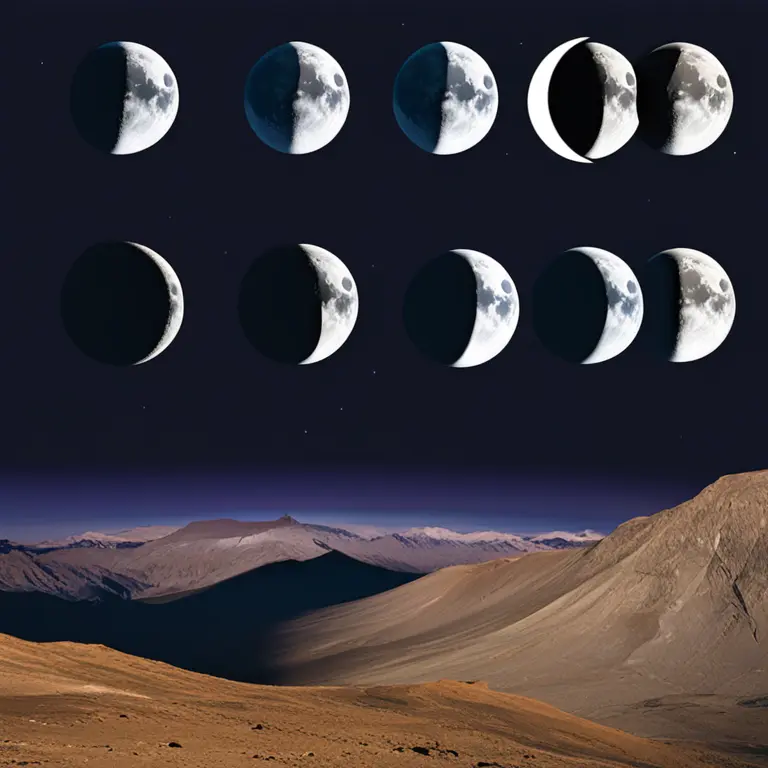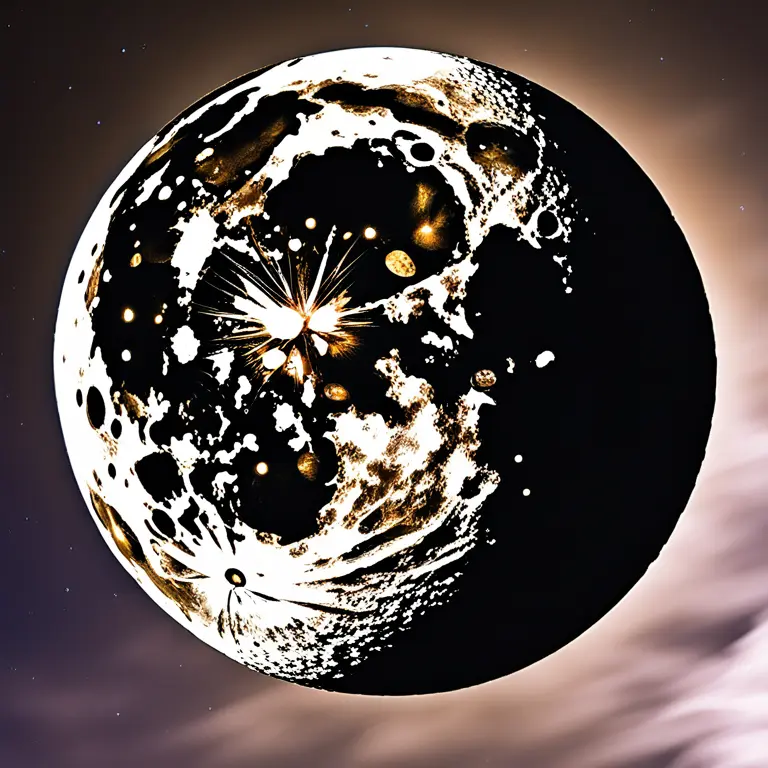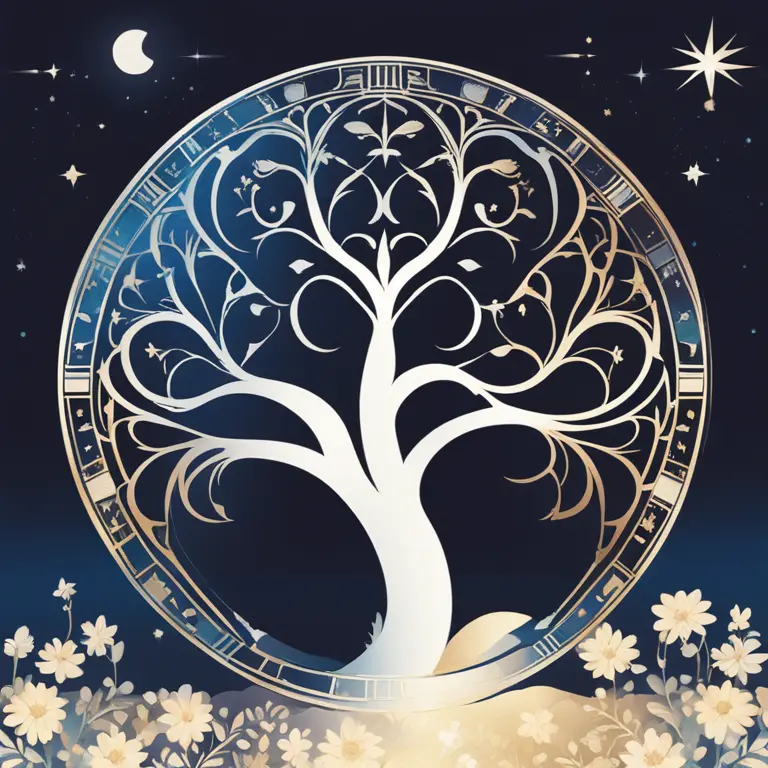
The Moon's Changing Face: Phases Explained
Delve into the celestial mechanics behind the ever-changing phases of the Moon and their impact on Earth's night sky.
article by Priya Deshmukh
Introduction to Moon Phases
The Moon, Earth's closest celestial neighbor, never fails to fascinate with its luminous phases that brighten our night sky. Yet, the recurring pattern of its visible changes puzzles many. The Moon doesn't generate its own light; instead, it reflects sunlight onto Earth. As the Moon orbits our planet, the angle from which we view the illuminated part changes, resulting in the various moon phases. Beyond their beauty, these phases have been integral in astrology, shaping numerous beliefs and practices for centuries. In this article, let's illuminate the science behind the fluctuating visage of the Moon.

The New Moon and Beginnings
A New Moon marks the start of the lunar cycle, an event that astrologists view as a time for fresh starts and new projects. Invisibility defines the New Moon phase, occurring when the Moon is between Earth and the Sun, with its illuminated side facing away from us. For those who follow astrological signs, the New Moon in 2024 is a time to set intentions, mirroring the cycle's potential for rebirth and revitalization.

Waxing Crescent to First Quarter
Following the New Moon, the Moon enters the waxing crescent phase. Here, a sliver of reflected sunlight becomes visible—a symbol of growth and accumulation in astrological terms. This phase crescendos at the First Quarter, where exactly half of the Moon's face is lit. To astrologers, this phase represents a period of decision-making, a time to overcome challenges as we see the initial results of the intentions set during the New Moon.

The Gibbous Moon's Precursor to Fullness
As the luminous part of the Moon continues to increase, we see the waxing gibbous phase. It's a time of refinement and adjustment, where the roundness of the Moon's visage invites us to fine-tune our strategies. The build-up leads to the Full Moon, an event characterized by emotional intensity and climax in astrology. The Full Moon in 2024, influenced by planetary alignments, will be a period for reflection and harvesting the fruits of efforts begun during the New Moon.

Waning Phases and Releases
Post the Full Moon, the Moon begins to wane. The waning gibbous phase symbolizes the dissemination of knowledge and sharing of insights gained. This phase transitions into the Last Quarter, where the moonlight recedes to half visibility again. Astrologically, it's a time for release and forgiveness—a period for letting go of what no longer serves us. As the waning continues, it paves the way for the final crescent, a period of surrender and the conclusion of the cycle.
Returning to Darkness: Balsamic Moon
The balsamic moon is the final phase before another New Moon ensues, appearing as a delicate crescent. This phase signifies a time for rest, contemplation, and preparation for the upcoming renewal. Astrologically, it's the phase to tie up loose ends and conclude unfinished business, encouraging an inward focus before the commencement of the next lunar cycle.
Published: 1/19/2024
Modified: 1/19/2024
More predictions
Come back here soon to learn more about yourself and your future


The Nine of Cups Tarot Card: A Symbol of Fulfillment
Discover the rich symbolism and meanings behind the Nine of Cups Tarot card, often dubbed the "Wish Card," and its significance in readings.


The Essentials of Tarot Elements
Discover the significance of the four classic elements within tarot to enrich your readings and personal insights.


The Tarot Knight of Pentacles: A Symbol of Steadiness
Delve into the symbolism and meaning of the Tarot Knight of Pentacles, a figure representing reliability, dedication, and persistent progress in the Tarot deck.